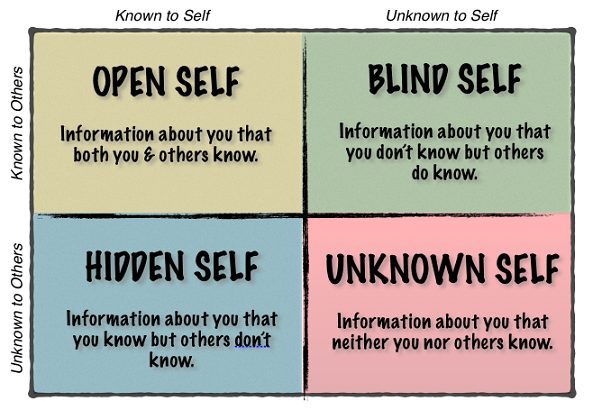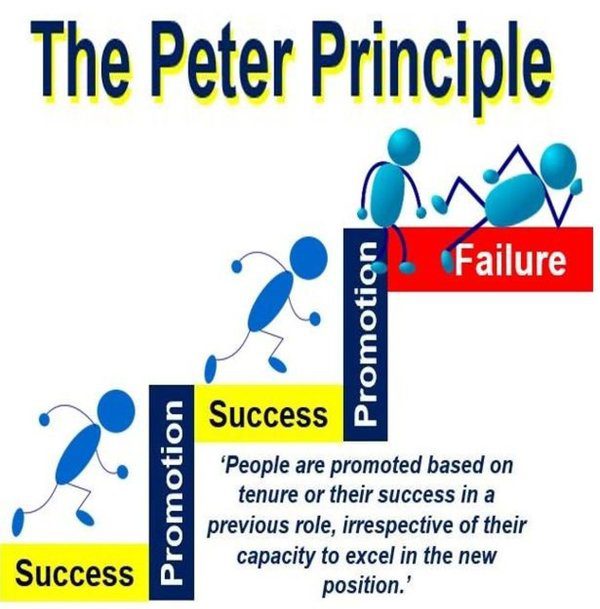The Johari window was created by psychologists Joseph Luft and Harrington Ingham in 1955 as a way to better understand yourself and the communication between you and others. It is a model for soliciting and giving feedback. It is a communication model that has four quadrants and two dimensions (Myself and Others)
The model is a 2x 2 grid which represents things that a person knows about themselves on one axis and things that others know about them on the other axis. By plotting the levels of self-knowledge and the knowledge held by others the person can develop a greater understanding of their personality and how they are perceived by others.

